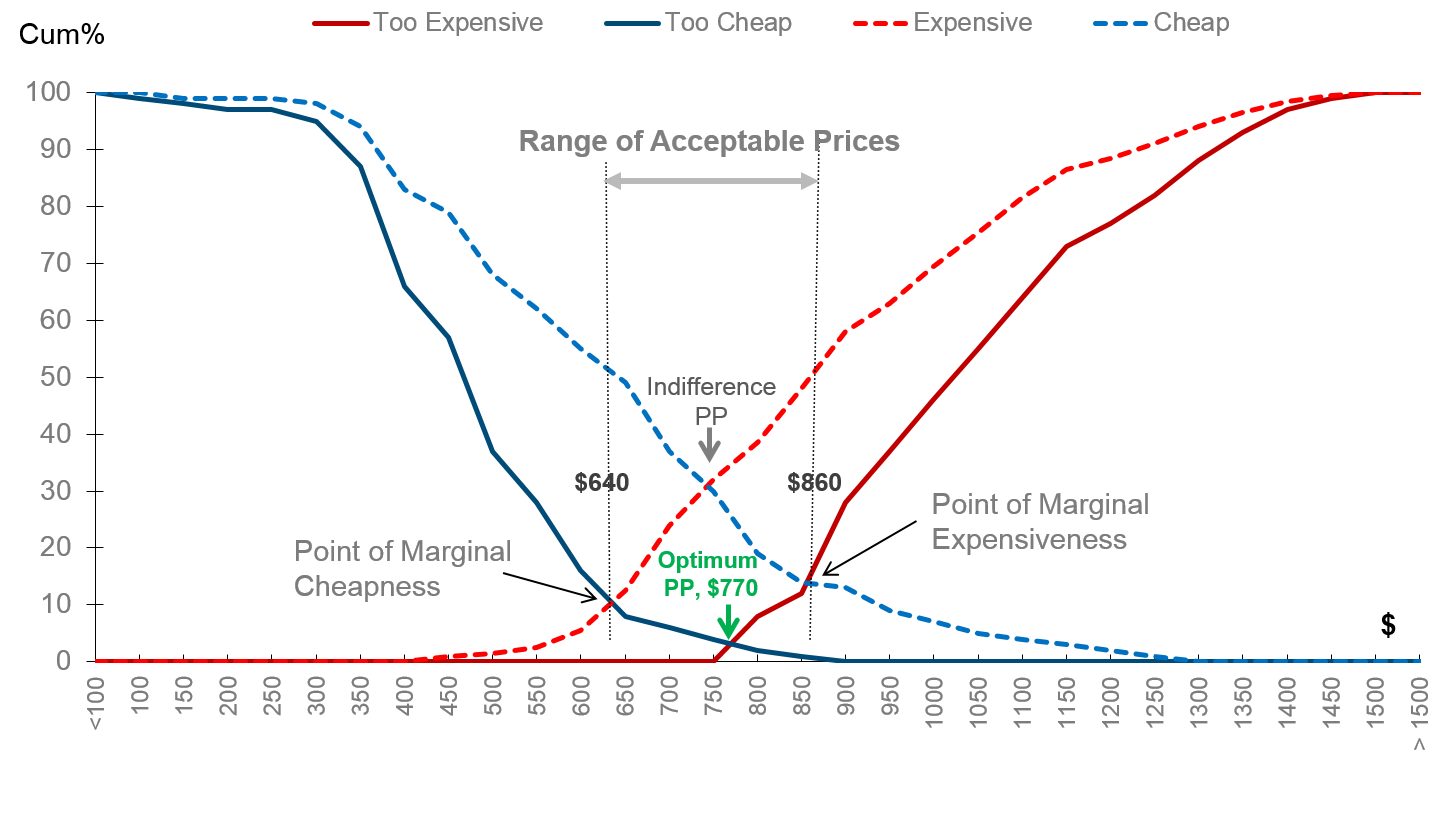
Exhibit 16.5 Price Sensitivity Meter — example.
The Price Sensitivity Meter (PSM) is commonly used
for new products where no clear benchmarks or equivalent competitors exist, such as a new
gadget, like when the iPad was initially launched. While the PSM is not grounded in any
theoretical foundation, it offers a useful framework for evaluating the price range for
distinctive new products.
Respondents are shown the test item (a new product
or service), and they are presented with contextual information and a price
scale. The scale covers a wide range of price points from well below the likely
minimum price point, to as much as three times the likely upper price.
Four questions are then posed to the respondents — at
what price on this scale you would consider this product/service to be:
- A bargain? (Inexpensive)
- Priced so cheaply that you would question its quality? (Too
cheap)
- Priced expensively? (Expensive)
- Priced so expensively that you would not buy it? (Too expensive)
An example of a PSM output is shown in Exhibit 16.5, where
the cumulative responses to these questions have been plotted. The intersection
points in the graph constitute price thresholds — optimum price, indifference
price, and upper and lower limits of acceptable prices:
- The “Optimum” Price Point is the price at which the number
of respondents who consider the product too cheap is equal to the number who
consider it too expensive.
- The Indifference Price Point is the price where the number
of respondents who regard the price as a bargain is equal to the respondents
who regard the price as expensive. This generally represents the median price
or the price of one of the leading brands.
- According to Van Westendorp, the range of acceptable prices lies
between the Point of Marginal Cheapness and the Point of Marginal
Expensiveness. These intersection points are indicated in Exhibit 16.5.
Like Gabor–Granger, the PSM is quick and easy to
administer. Its strength lies in that, unlike other established pricing
techniques, PSM provides a continuous assessment of price sensitivity across a
very wide range of prices. The range of acceptable prices sets boundaries that
are useful for crafting pricing strategies and tactics, and for price
positioning.
Because there is no prompting or competitive set,
responses are based on respondents’ perceptions of competitive offerings and
prices. This however assumes respondents know the market. Moreover, since PSM
lacks any assessment of sales, for making pricing decisions, it is often
combined with one of the direct approaches to pricing research.
PSM may be used for determining the acceptable price
range, at the stage where a product is conceptualized. It is
useful in new product development areas where there is no realistic (or
feasible) alternative to provide direct comparisons, or markets where products
may not face direct competition (e.g., new pharmaceutical products, new
technology products). It may also be used for product offerings such as
insurance, where direct competition may exist, but straight choices are not
realistic.